Normally I'm a software guy, but I've recently decided to try my hand at some electronics projects. What I want to do is make my own impact sensor for target shooting. What I'm picturing is a piece of AR-500 steel for the target, and a sensor that can detect when the round hits the target. I've started by using an Arduino Uno, a piezo and 1MOhm resistor, like in the arduino tutorial.
My main problem is lessening the sensitivity of the piezo, so that I don't get false positives. For example, if the round hits in front of the plate and splashes dirt on it, I don't want it to pick that up. Or if the round passes by, I don't want the sonic boom to trigger it either. Currently I have it set that so that a light tap on the piezo sensor housing won't set it off, but a harder tap will (with a threshold of 100 from my arduino adc).
My question is, will the piezo output max voltage with a hard tap from my finger, or will it send out a really high voltage if I were to hit the steel hard with a hammer (to simulate a rifle round). If the voltage will keep increasing as the impacts increase (is there a limit?), then I guess it's as simple as reducing the voltage coming out of the piezo. If the voltage hits it's maximum output prematurely, is my only option to isolate the vibration with rubber mounts, or padding or something so that it takes a good wallop to set it off?

